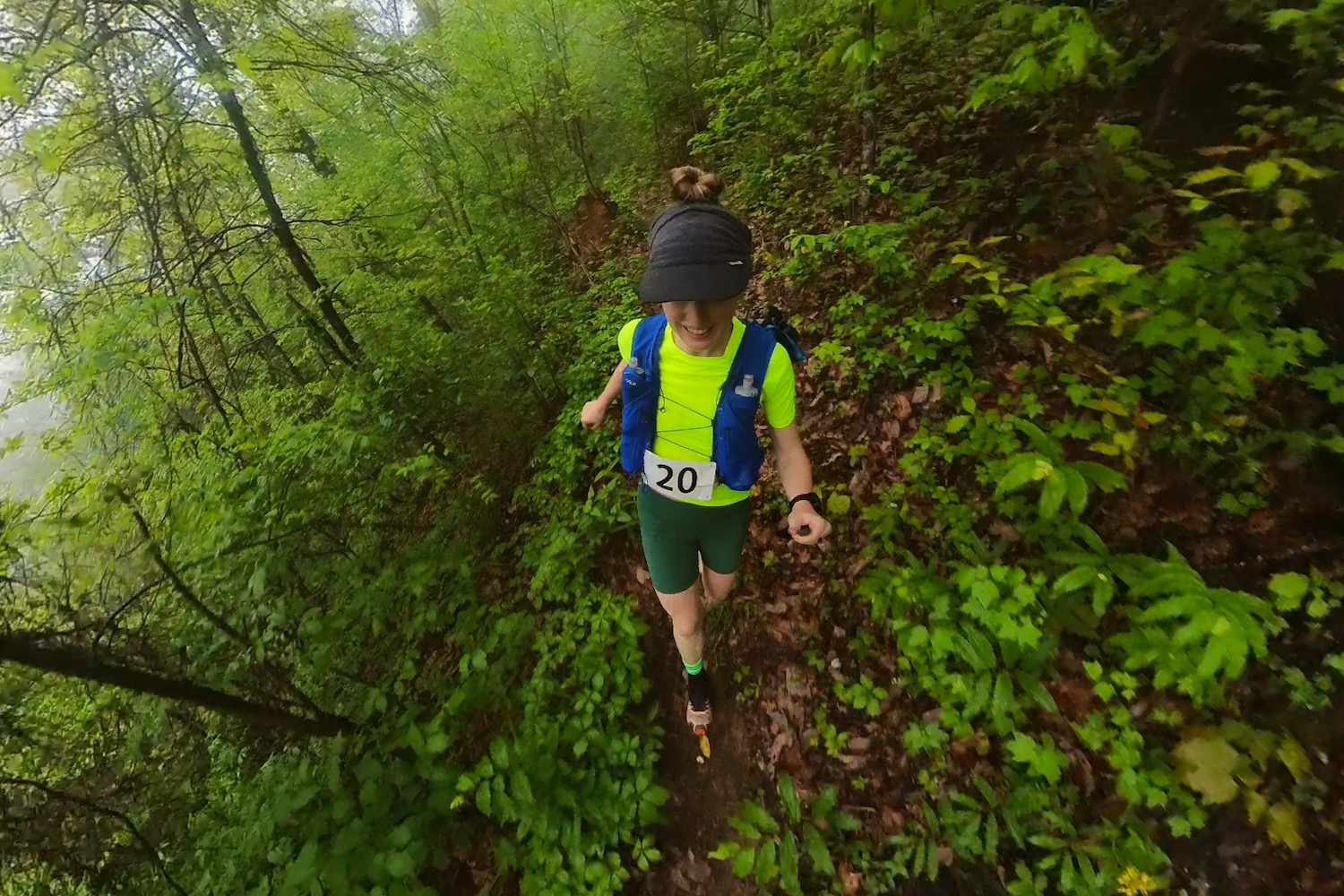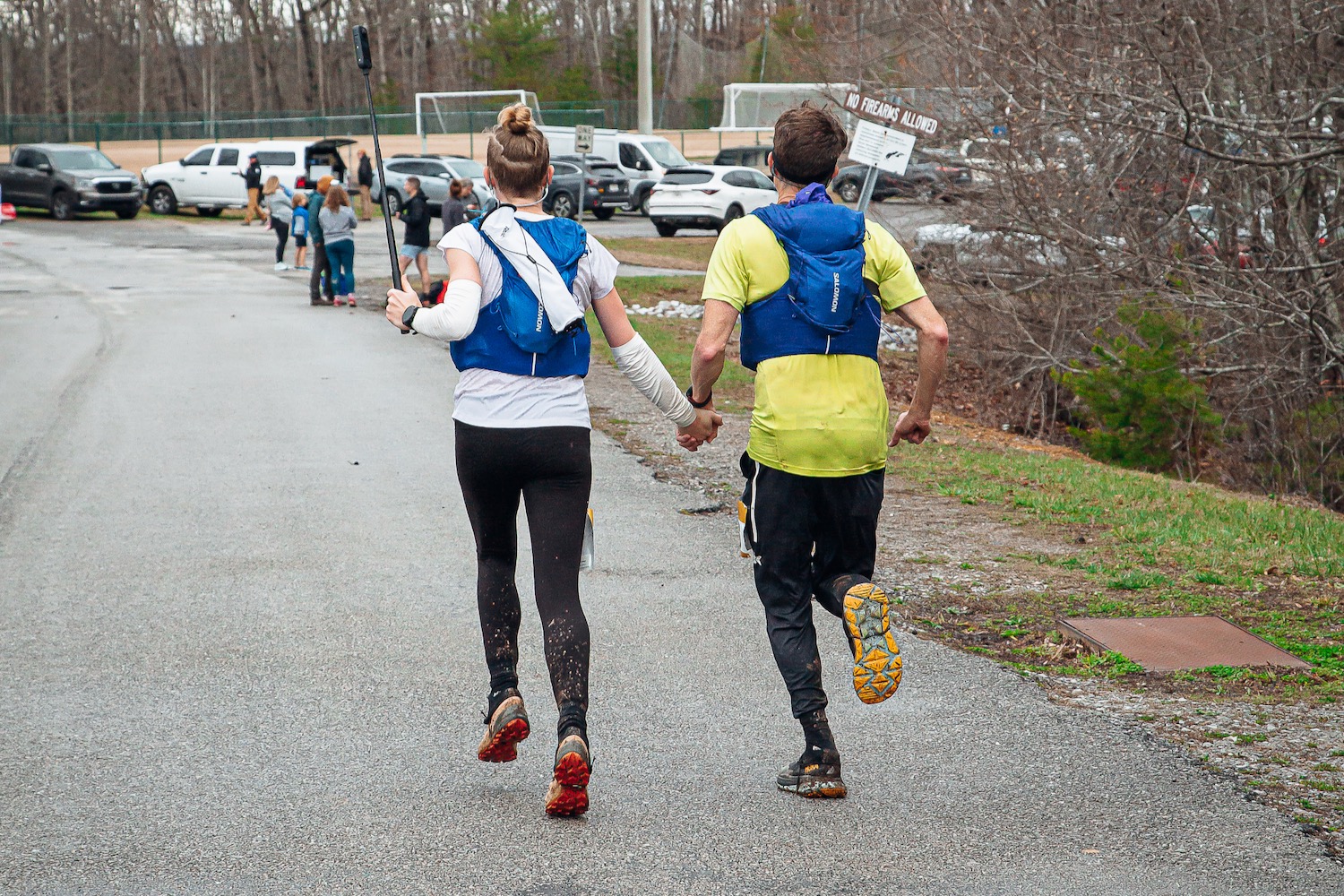
So, we spent a week in Williamsburg and its environs. There were many tri-corner hats, many people claiming to be living in the 16-1700s, and many near misses with horse droppings. It was a week of living history and a general sense of gratitude to live in an age of short-shorts and tank tops rather than corsets and petticoats.
Williamsburg existed in a state of confusion, uncertain exactly what year each house resided in. Some focused on events building up to the revolutionary war, others much earlier. We enjoyed popping into shops and chatting with the costumed shopkeepers. We could judge our potential interest level based on the ratio of goods on display vs. goods for sale. The wig shop, which sold nothing to tourists, was fascinating, while even stores that were almost exclusively present for commercial purposes still could have diversions such as a demonstration of writing with a quill pen. Truly, we could have occupied ourselves solely by wandering around Williamsburg. There were rotating events and tours each day as well as so many houses to visit and people to talk with that we kept discovering new structures as we made our final exit.
At Jamestown, we learned that it’s location was primarily guided by a fear of being noticed by the Spanish and desire for a defensive location, should they be found. Also, that their arrival coincided with a drought in the area. As the native inhabitants practiced subsistence farming, this drought left them with little corn and other food to trade with the English settlers—fueling tensions that lead to the “starving time” between 1609 and 1610. And that people, generally, are pretty lame to each other. The upside was the amazing archaeologist led tour covering the history of the site and discoveries that have expanded our understanding of Jamestown, including evidence of cannibalism and secret Catholics.
At Yorktown we experienced Yorktown-lite. The museum and grounds are going through construction so we satisfied ourselves with an introductory movie, a couple cases of antiques, and mini-grounds with a mini-farm, a mini-encampment, and a full-sized canon. One costumed performer helped explain the context of the American Revolution in terms that we startup people can understand: ROI (Return on Investment). The English had spent a lot of money establishing and defending the American colonies and yet the region have proved to not be as profitable as others held by the British crown. The employees (read: Americans) fought the new policies established to recoup the losses incurred in defense of the states to a point that it was no longer worthwhile to continue pursuing that branch of business. Britain could have continued fighting, but it just wasn’t worth it.
Overall, we enjoyed a week of Williamsburge, sans-Busch Gardens, and could have kept ourselves diverted even longer.







